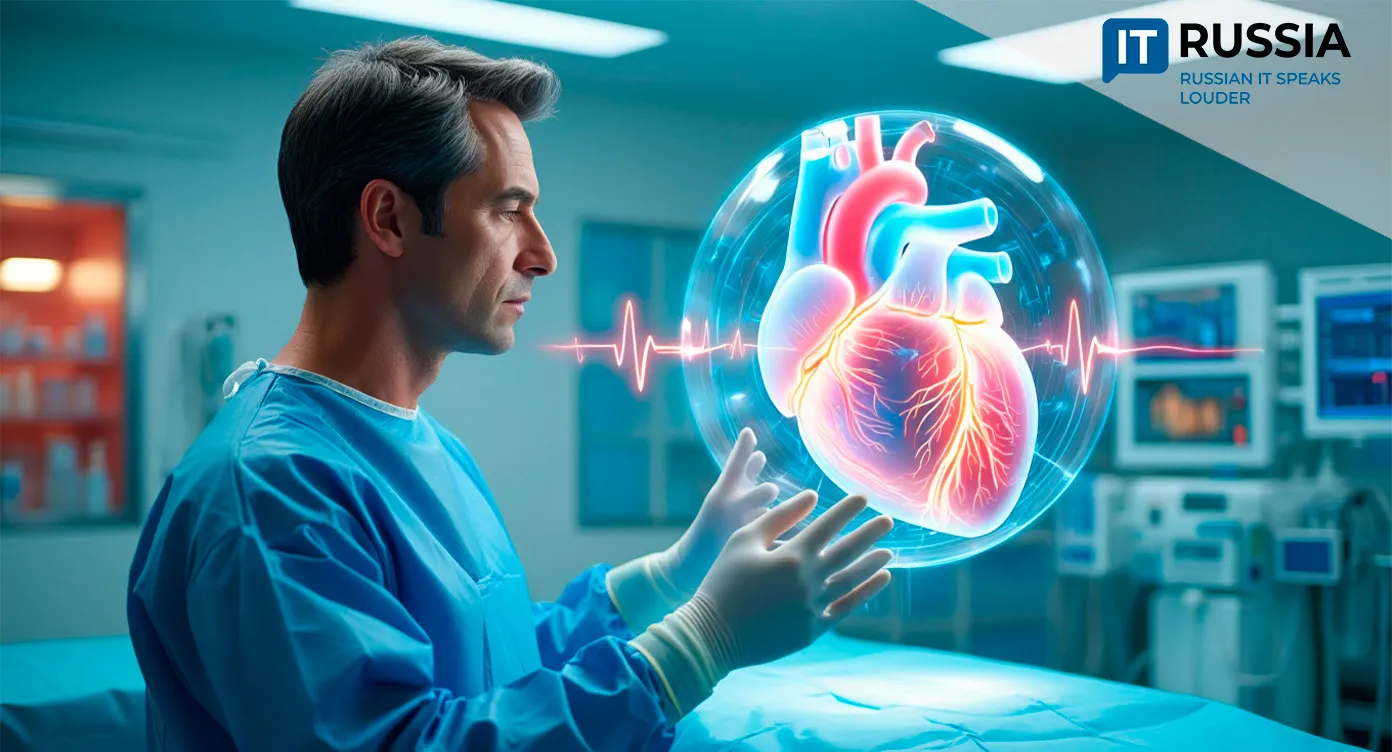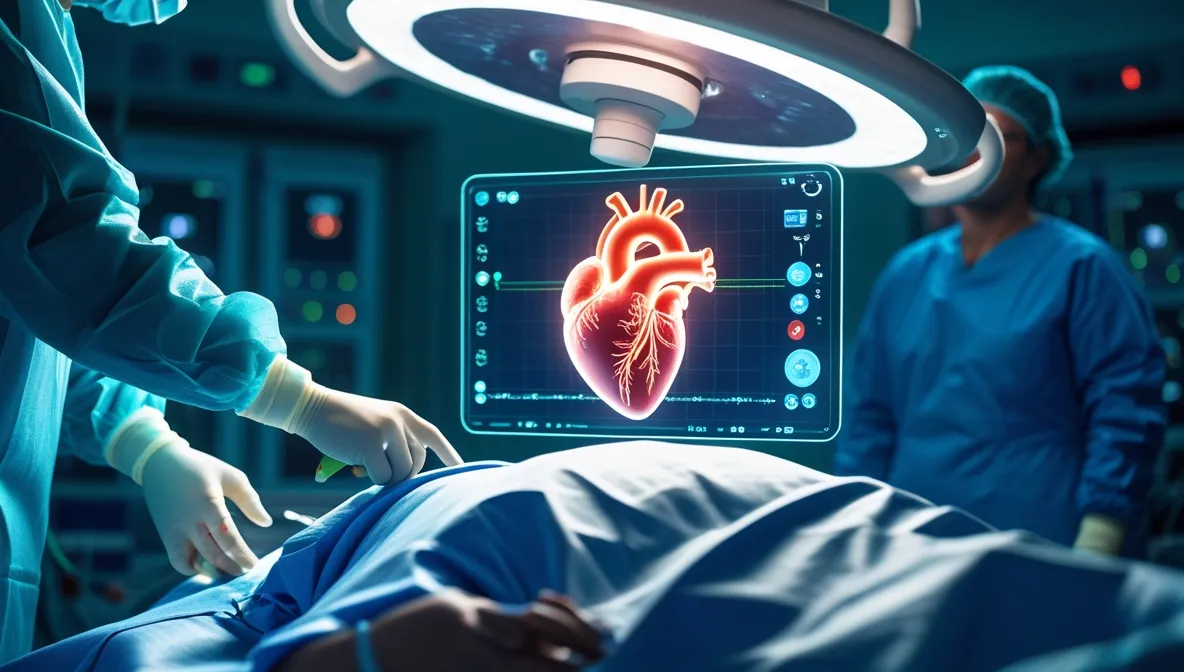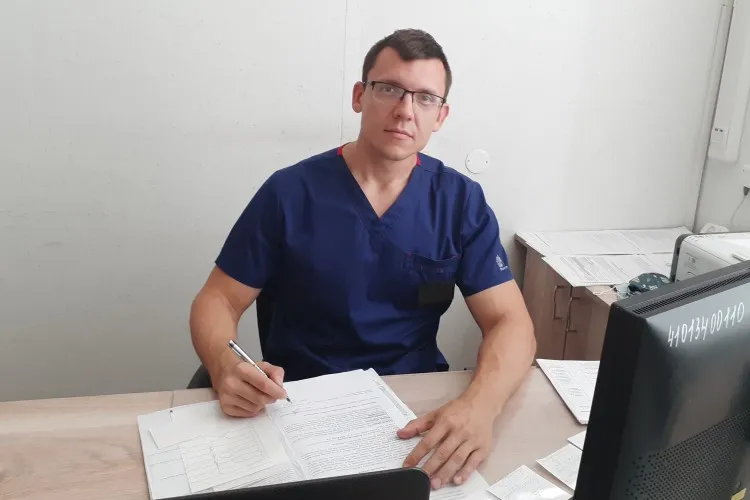A Three-Dimensional Heart: The New Reality of Russian Cardiology
In the Ryazan Regional Cardiology Center, doctors have successfully performed the first arrhythmia treatment surgery using real-time 3D cardiac navigation. The system creates a precise digital model of the patient’s heart, marking a major step toward data-driven, precision cardiology in Russia.

Precision in Every Beat
Ryazan doctors have begun using three-dimensional navigation to treat arrhythmias — among the most complex and life-threatening cardiovascular disorders. Specialists from the Center for Surgical Treatment of Complex Heart Rhythm Disorders completed advanced training at the National Center for Therapy and Preventive Medicine and now use a system that builds detailed 3D models of the patient’s heart in real time.
The new technique enhances both the accuracy and safety of cardiac procedures. Surgeons can visualize the heart from any angle, identifying and precisely eliminating the sources of arrhythmia. Arrhythmias are a leading cause of sudden cardiac arrest, with atrial fibrillation and flutter often resulting in fatal outcomes.

They also contribute to dangerous complications such as stroke, thrombus formation, and acute heart failure. 3D navigation helps mitigate these risks by allowing physicians to see intricate internal structures and minimize the invasiveness of surgical intervention.
For the Ryazan region, this advancement means more than just improved care. It establishes a modern cardiac surgery school capable of competing with top federal centers. Over time, Ryazan may attract patients from neighboring regions, positioning itself as a hub of high-tech medicine in Central Russia.
Expanding Access to Smart Cardiac Care
Experts predict that within the next few years, 3D navigation will become the standard in arrhythmia treatment across Russia’s major cardiology centers. Expansion into additional rhythm disorders, integration with CT and MRI diagnostics, and a unified digital infrastructure will further improve patient survival rates and outcomes.
This trend also creates new opportunities for the IT sector. Demand for software supporting 3D modeling and navigation is growing, driving partnerships among hospitals, universities, and technology firms. Russia already possesses strong expertise in medical image processing, artificial intelligence, and navigation systems, and these capabilities are now being translated into practical medical applications. Workforce development is advancing in parallel.

Regional specialists undergo training at leading national institutions, creating a sustainable foundation for technology scaling. With ongoing state support and investment in equipment, experts expect 3D navigation to be implemented in all major cardiac surgery centers nationwide by the end of the decade.
A Systemic Leap in Digital Cardiology
The introduction of 3D cardiac navigation in Ryazan follows a growing nationwide trend. The technology has already been successfully implemented in several major medical centers. In May 2023, the Kursk Regional Multidisciplinary Hospital deployed 3D electrophysiological mapping to improve the precision of arrhythmia treatments. In July 2024, the Kaliningrad Cardiology Center used a digital heart model to treat ventricular tachycardia. By August 2024, Moscow’s Pirogov City Clinical Hospital No.

1 had performed multiple atrial fibrillation procedures using 3D-guided techniques. In October 2025, Pirogov Hospital in Sevastopol announced similar successes in ablation surgeries. Ryazan’s entry into this expanding network demonstrates how innovations are moving beyond major cities to regional hospitals.
Together, they form a unified technological ecosystem that narrows the gap between urban and regional healthcare, ensuring that advanced treatment reaches more patients faster.
National and Global Implications
For Russia, the implementation of 3D cardiac navigation marks an important milestone in achieving technological sovereignty in healthcare. On the international stage, the country demonstrates that regional centers can adopt cutting-edge medical practices comparable to those of leading global institutions.
While the technology has not yet been exported, Russia’s model — based on regional expertise, digital integration, and workforce training — could serve as a reference point for developing healthcare systems across the Global South. This convergence of medicine, IT, and engineering is transforming cardiology into a data-driven field focused on safety, precision, and innovation.










































